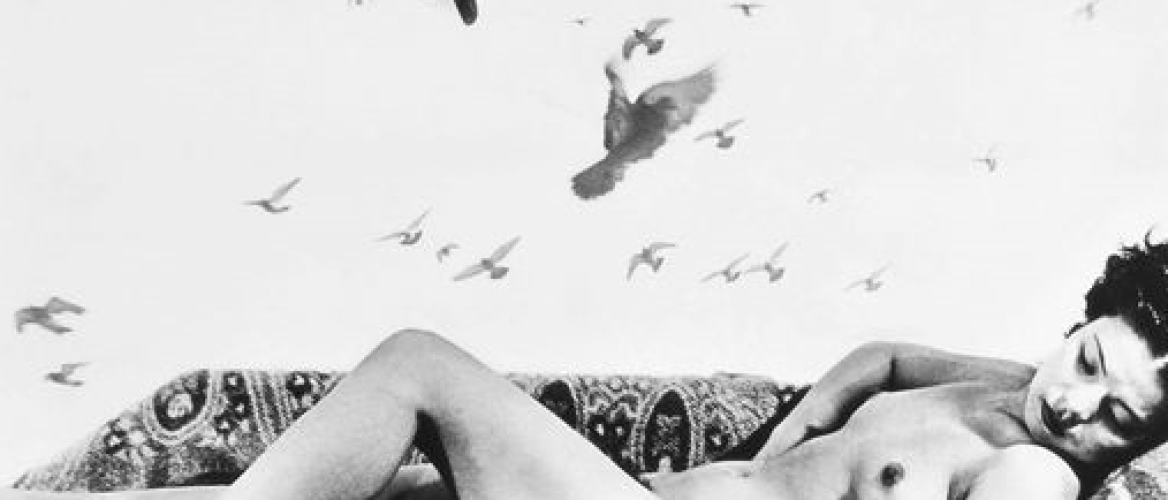
Kansuke Yamamoto (not to be confused with Masao Yamamoto) was a Japanese poet, photographer, and collagist whose career was developing at the time of absolute domination of surrealism both in Western and Eastern art. Although Yamamoto was not personally acquainted with Man Ray or any other French surrealists, his images are often close to those of his European “colleagues.”
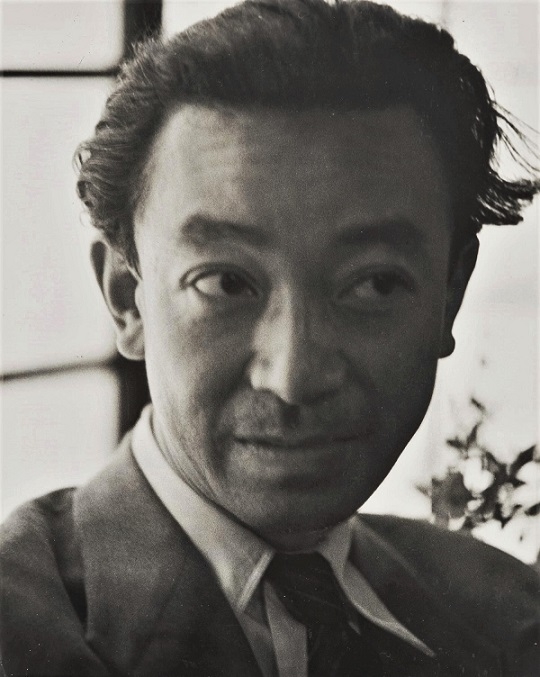
Fig. 1. Kansuke Yamamoto (Wikipedia.org)
Early Years
Kansuke Yamamoto (1914-1987) was born in a family of the photographer Goro Yamamoto who had a photo studio, sold cameras, and was a founder of Aiyu Photography Club. Young Yamamoto learned about surrealism through the poetry magazine Ciné published by the promoter of surrealism in Japan, Yamanaka Chiruu who also was an editor of the collection of Japanese and French surrealistic poems Chogenjitsu Shugi no Koryu: L`Echange Surréaliste, 1936 (fig. 5). Despite the activities of his father, Yamamoto was primarily a poet, not a photographer. He started to write poems at the age of 15 when he graduated from the Nagoya Second Commercial School. The artist continued his studies at the Meiji University School of Arts and letters in Tokyo, where he majored in French literature. Yamamoto left the university two years later and went to his birthplace Nagoya. There he started photographing.
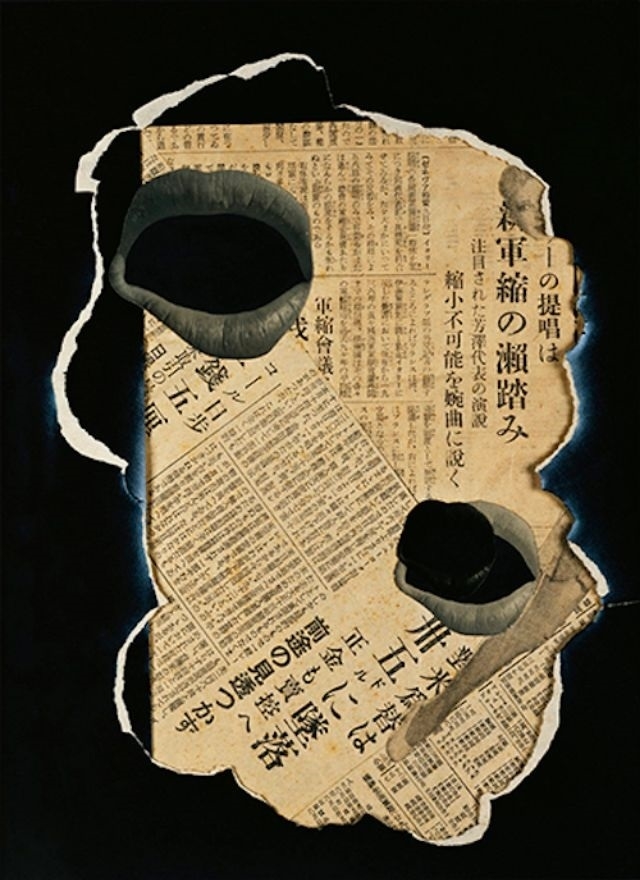
Fig. 2. The Developing Thought of a Human… Mist and Bedroom, 1932, collage (blogspot.com)
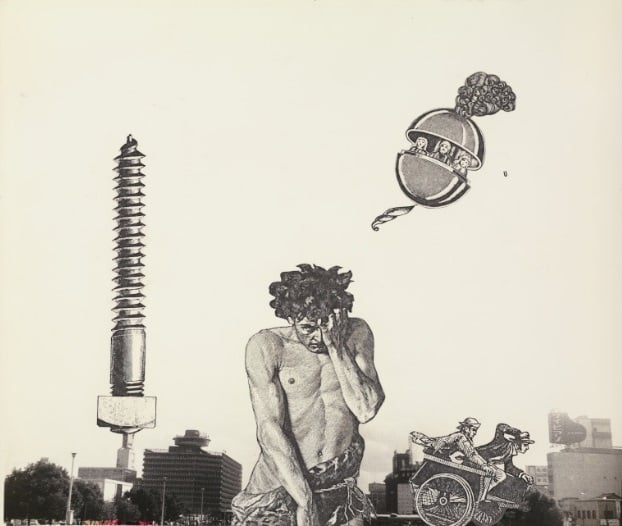
Fig. 3. The silver platter and the pigeon in the cage, / We suddenly have spring rain like typefaces today. / Cioran, / I may talk to you again someday, 1979 (getty.edu)
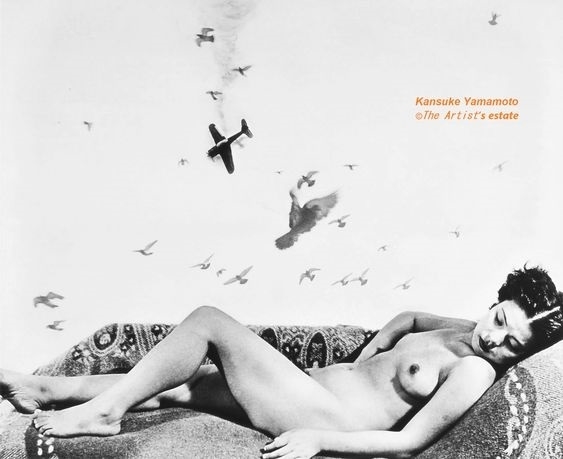
Fig. 4. Suddenly in the Morning, 1968 (pinterest.com)
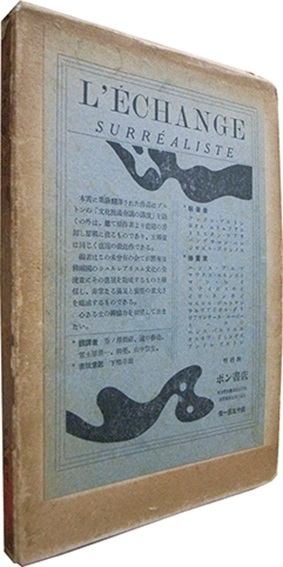
Fig. 5. Chogenjitsu Shugi no Koryu: L`Echange Surréaliste, 1936 (abebooks.com)
Yamamoto as a Surrealist
When we speak of surrealistic influence in Japan, we must mention the exhibition of surrealist works in Nagoya in 1937. That time Yamamoto saw the paintings and photographs of Man Ray, László Moholy-Nagy, Albert Renger-Petzsch, and others, who influenced his works a lot. A year later, Yamamoto began publishing the surrealist poetry magazine Yoru no Funsui (The Nights’ Fountain). Next year, the magazine was banned by authorities due to the Peace Preservation Law. This misfortune didn’t affect his enthusiasm as, in 1939, he created a group of surrealist photographers called Nagoya Photo Avant-Garde. The members of the group were Tajima Tsugio, Minoru Sakata, Shimozato Yoshio, and also Yamanaka Chiruu, whose magazine introduced surrealism to Yamamoto in his youth. Afterward, Yamamoto founded lots of other photographic societies. In later years, he was an adviser of Chubu Photography Federation of Students and taught photography.
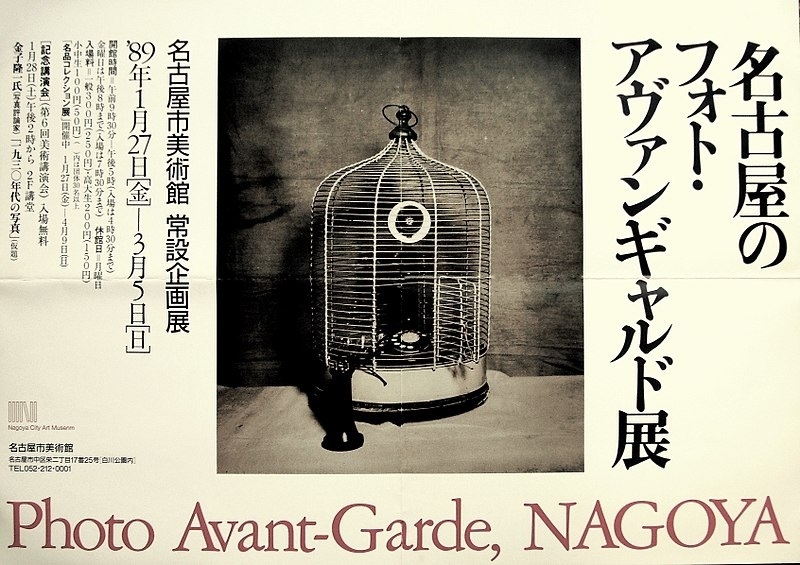
Fig. 6. “Buddhist Temple’s Birdcage” 1940. Photo Avant-Garde, NAGOYA exhibition, 1989, Nagoya City Art Museum (Wikimedia.org).

Fig. 7. Beautiful Passerby, 1958 (wikimedia.org)
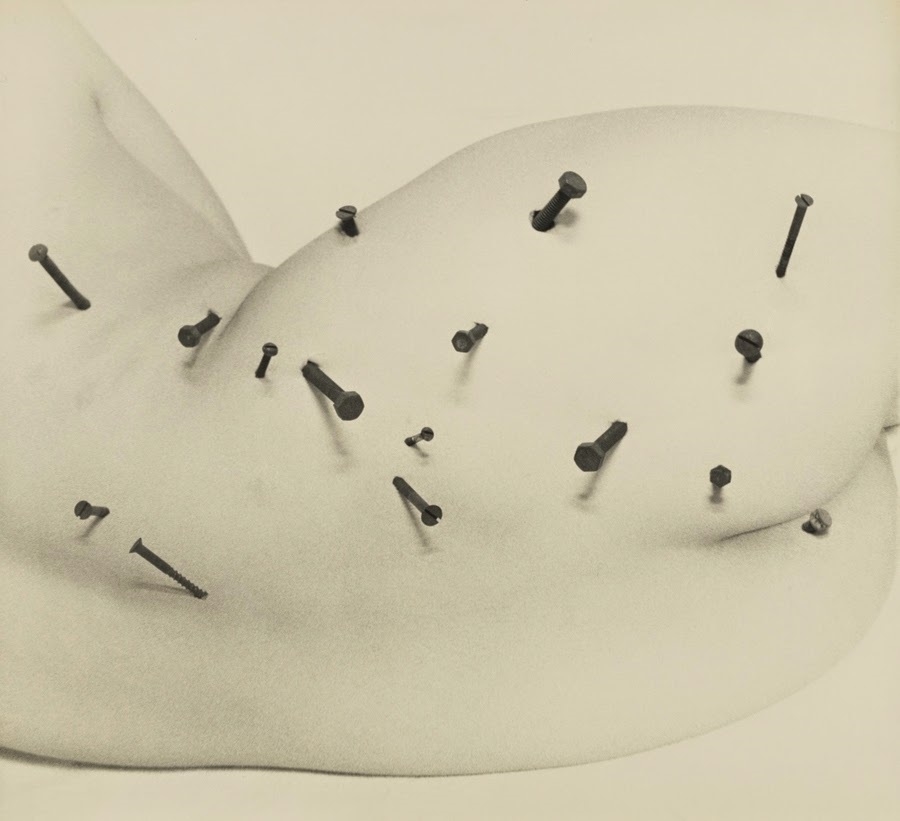
Fig. 8. Rose and Shovel, 1956 (blogspot.com)

Fig. 9. Untitled, 1950 (dangerousminds.net)
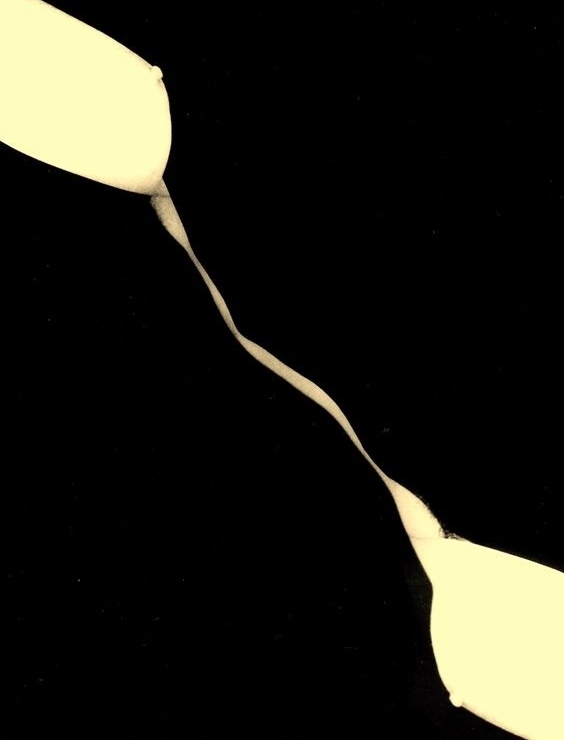
Fig. 10. pinterest.com

Fig. 11. Untitled, 1956 (reddit.com)
Prolific and Prominent
The earliest work of Yamamoto entitled The Developing Thought of a Human… Mist and Bedroom was created in 1932. His works appeared in the Dokuritsu (Independent) journal and major Japanese magazines like Photo Times and Camera Art. His first personal exhibition was held in Nagoya in 1936. According to Wiki, the last exposition, which included Yamamoto’s works, happened in 2019 in Zurich. The total number of shows approximately amounts to fifty. In his pictures, Yamamoto speaks with us on themes of religion, eroticism, war, and genocide (Hiroshima (1950), Reminiscence (1953), Premonition of Genocide (1940), etc). As Amanda Maddox notices: “Yamamoto’s talent was in establishing a deeper Surrealist vocabulary through the incorporation of known Surrealist imagery and themes, and expanding it by situating his work in the context of modern Japan” (easyreadernews.com). Japan is commonly known for being restrained and resistant in terms of cultural communication with the Western world. The example of Kansuke Yamamoto proves that East and West, on the contrary, are mutually interested in each other.
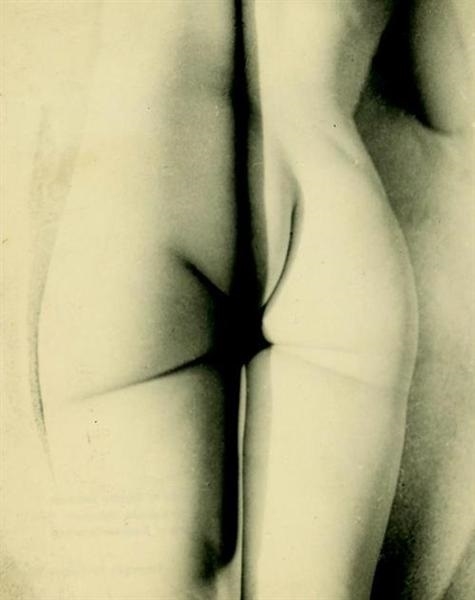
Fig. 12. Work, 1955 (wikiart.org)
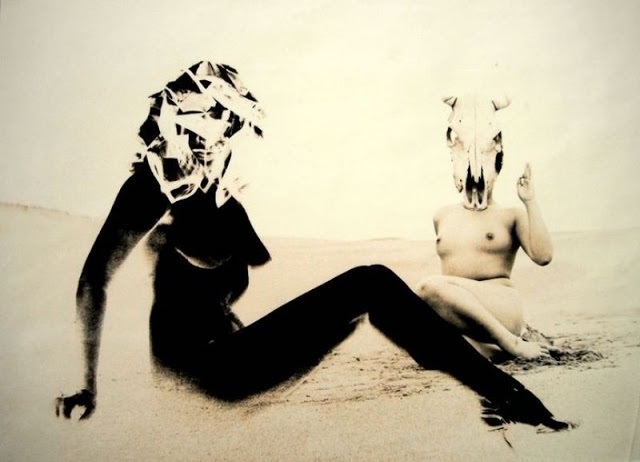
Fig. 13. A Peculiar Grounding, 1956 (blogspot.com)

Fig. 14. Scenery with Ocean (two versions), 1940, 1949 (blogspot.com & wikiart.org)
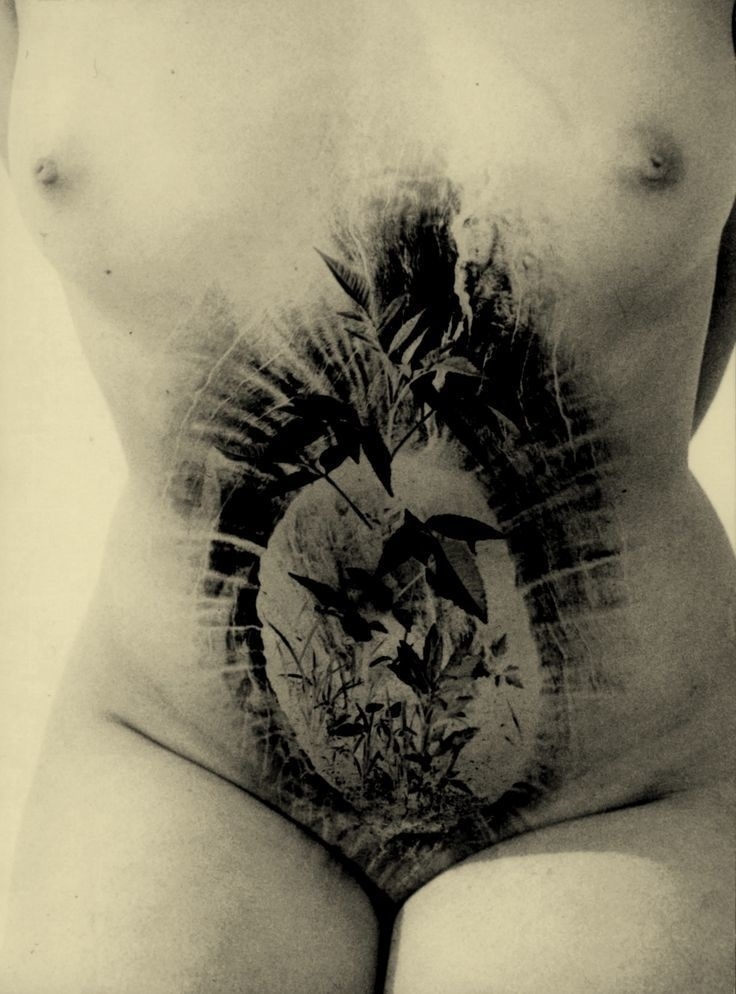
Fig. 15. Untitled (Arthur.io)
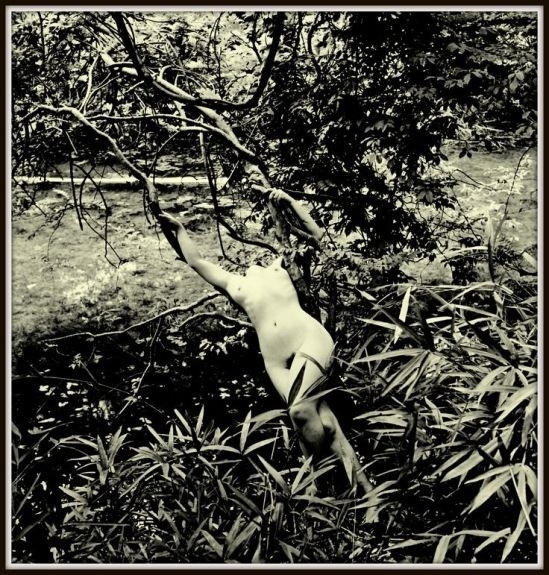
Fig. 16. Kansuke Yamamoto 1955 © Toshio Yamamoto (dantebea.files.wordpress.com)
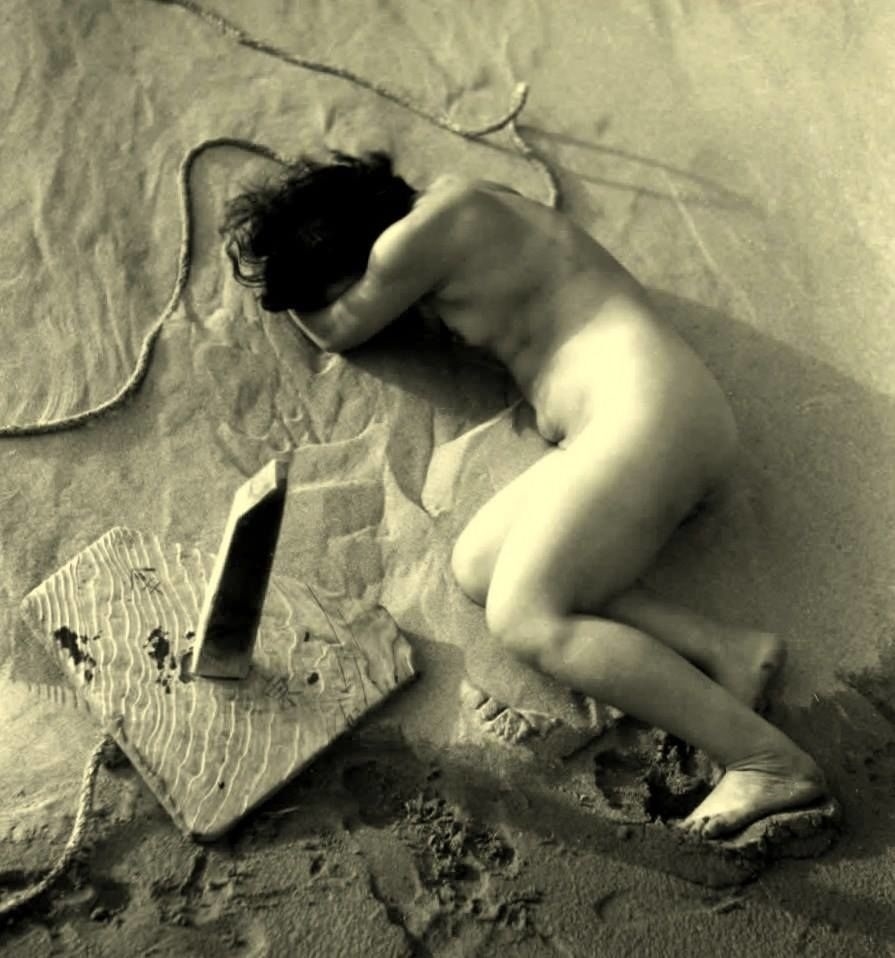
Fig. 17. Untitled (Arthur.io)

Fig. 18. Untitled, 1952 (Arthur.io)
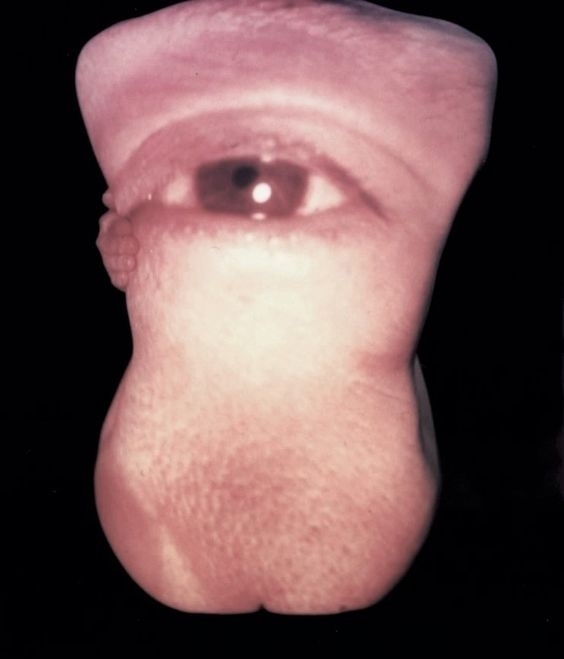
Fig. 19. A Historical Gaze, 1956 (pinterest.com)
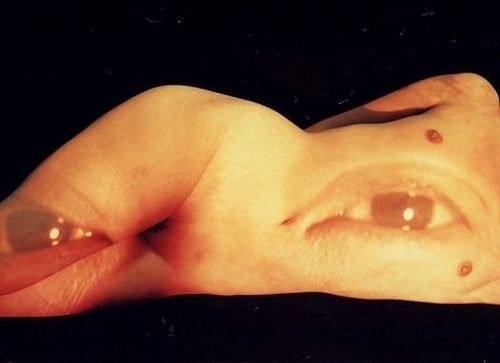
Fig. 20. A Historical Gaze (Arthur.io)
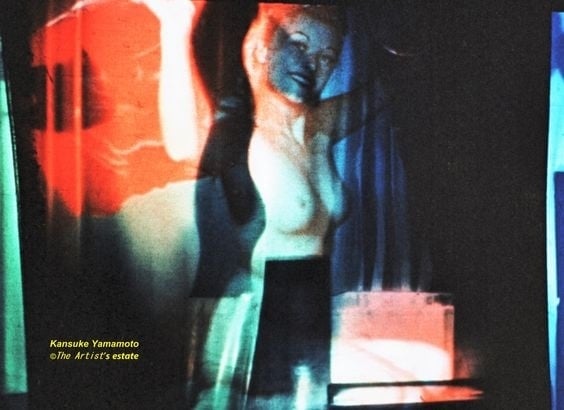
Fig. 21. Curtain Box, 1956 (pinterest.com)
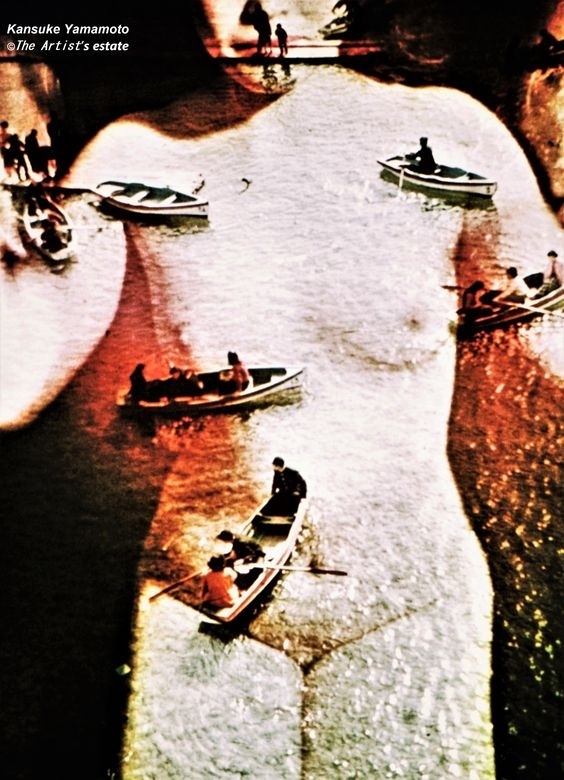
Fig. 22. A Forgotten Person, 1958 (pinterest.com)
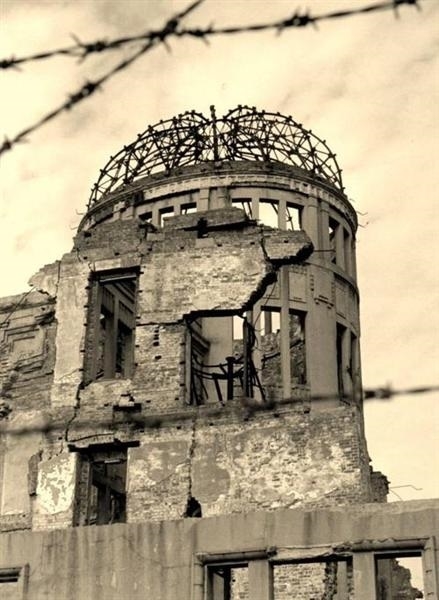
Fig. 23. Hiroshima, 1950 (wikiart.org)
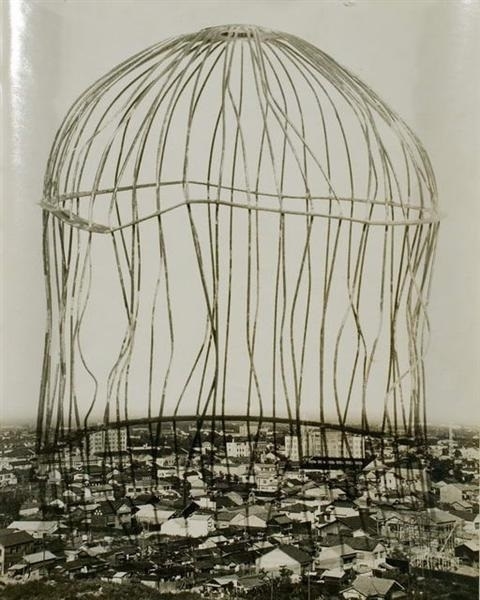
Fig. 24. Reminiscence, 1953 (wikiart.org)
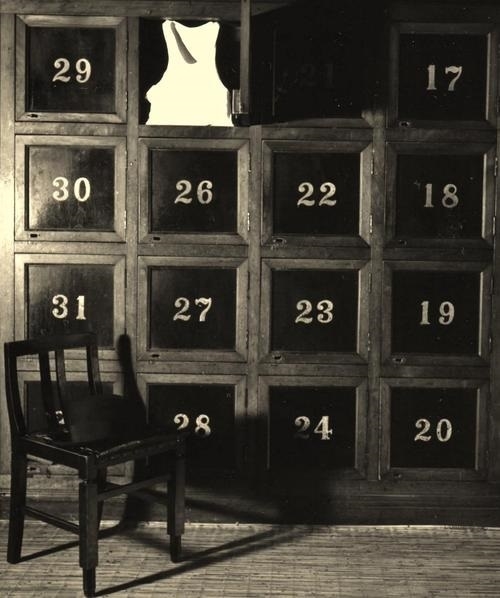
Fig. 25. Premonition of Genocide, 1940 (wikiart.org)
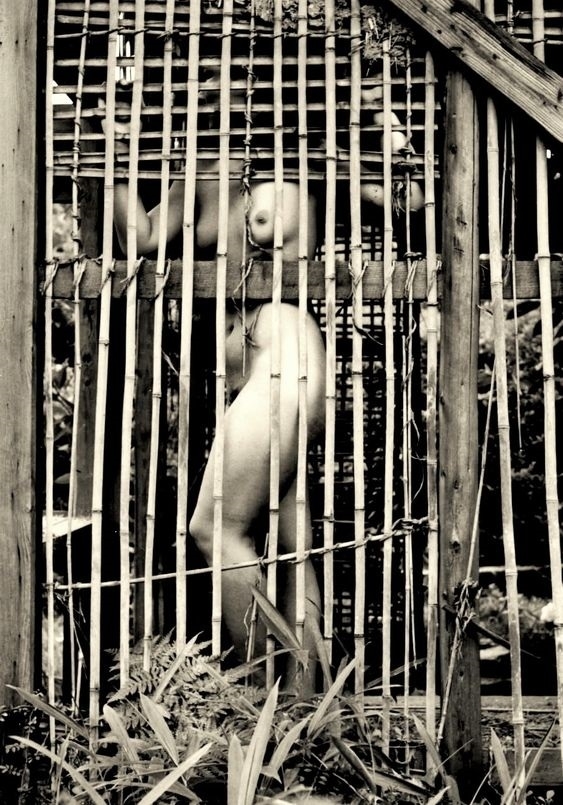
Fig. 26. Work, 1955. Kansuke Yamamoto, ©Toshio Yamamoto (pinterest.com)
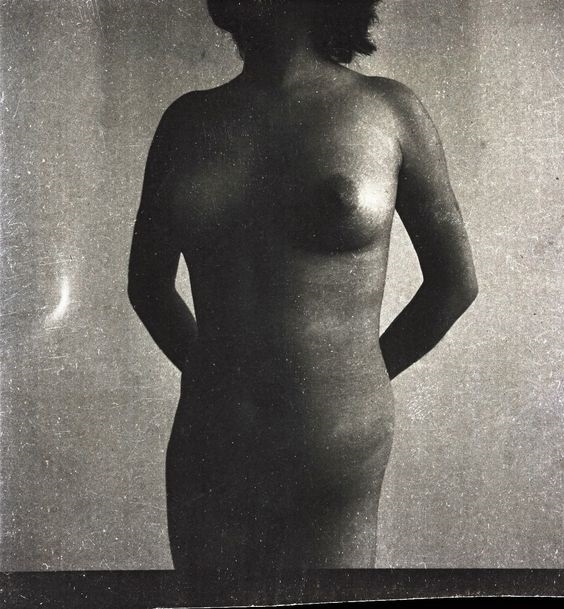
Fig. 27. Untitled, 1955. Kansuke Yamamoto, ©Toshio Yamamoto (pinterest.com)
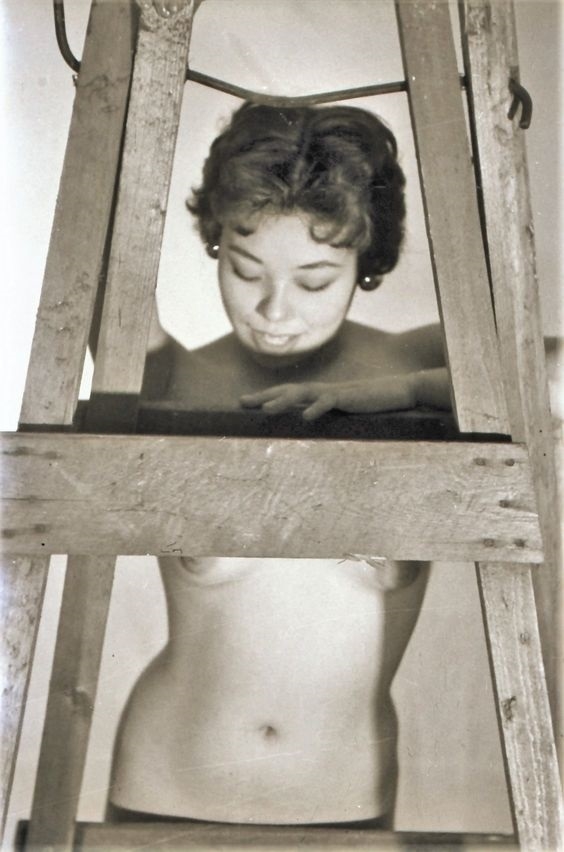
Fig. 28. Kansuke Yamamoto, 1955.©Toshio Yamamoto (pinterest.com)
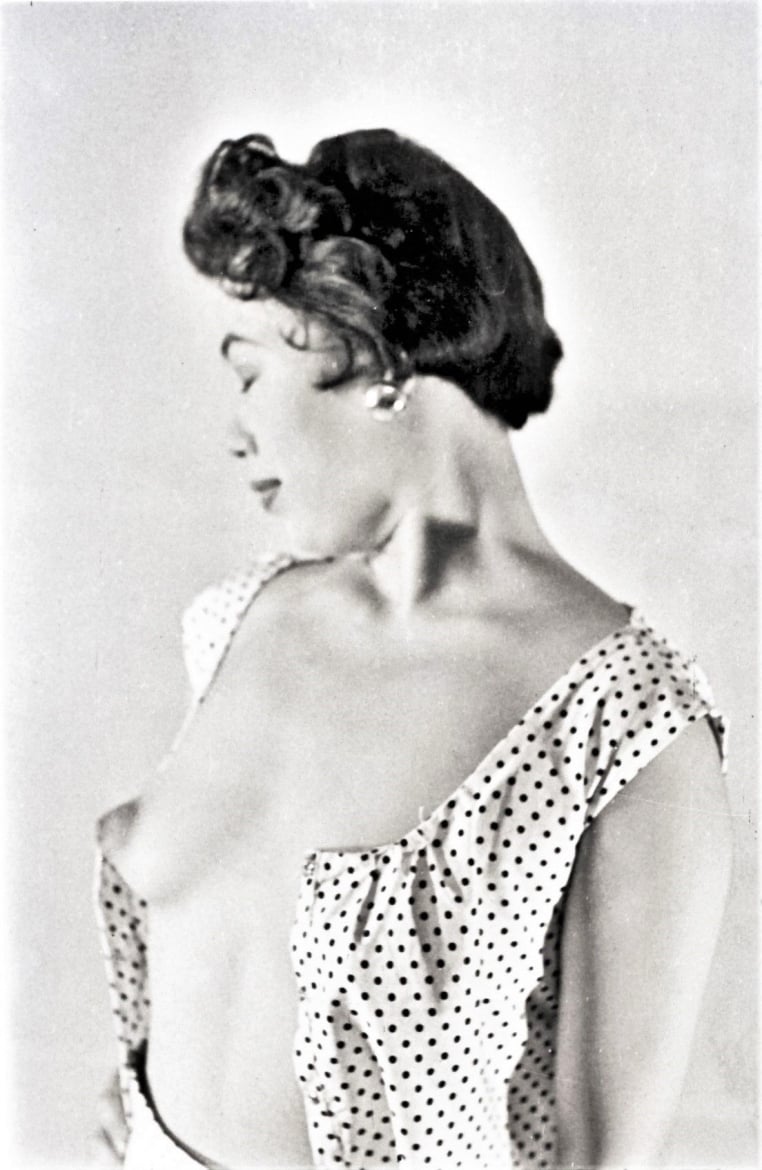
Fig. 29. Kansuke Yamamoto, 1955.©Toshio Yamamoto (pinterest.com)
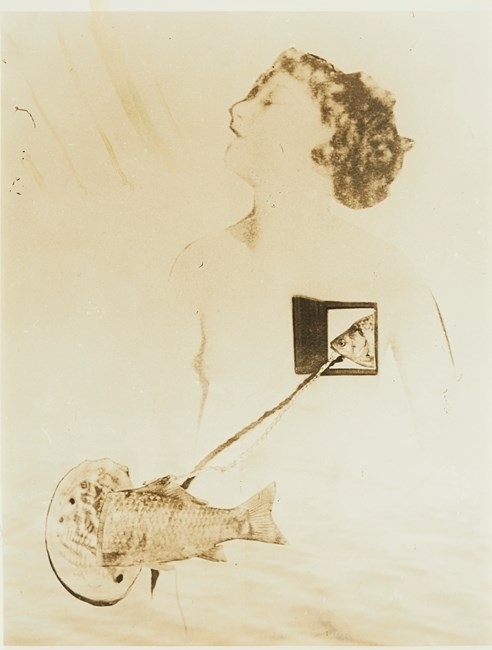
Fig. 30. Heart in Motion – Shadow of Happiness, 1950 (ocula.com)
Recognizable Motifs
Let’s look at several correspondences between Yamamoto’s photography and the works of French surrealists. The picture Giving Birth to a Joke (1956) seems to be the most obvious one as it inevitably reminds of Man Ray’s Lips (1966) and Kiki de Montparnasse (1930). The shadow patterns on the female body also evoke a memory of Man Ray’s works, however, this motif is common for many photographers, e. g. Lucien Clergue. Another work by Yamamoto called Stapled Flesh (1949) looks like contamination of two famous oeuvres by Man Ray: Ingre’s Violin (1924) and Cadeau (1921). The well-known iron probably was a source of inspiration for Yamamoto’s Untitled (1930). The works of Japanese artist have their roots not only in Western photographs but also in surrealist paintings, for example his work Untitled (1950) looks similar to Magritt’s Violence (1934).
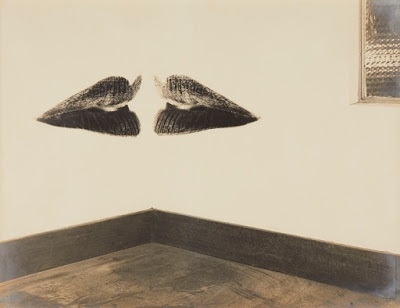
Fig. 31. Giving Birth to a Joke, 1956 (blogspot.com)
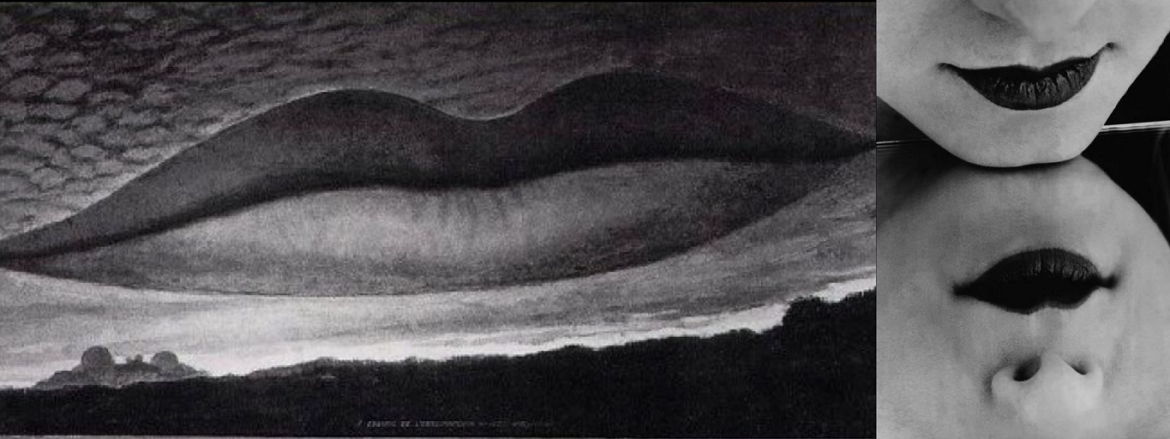
Fig. 32. Left: Man Ray, Lips, 1966. Right: Kiki de Montparnasse, 1930 (ny-photography-diary.com, pinterest.com)
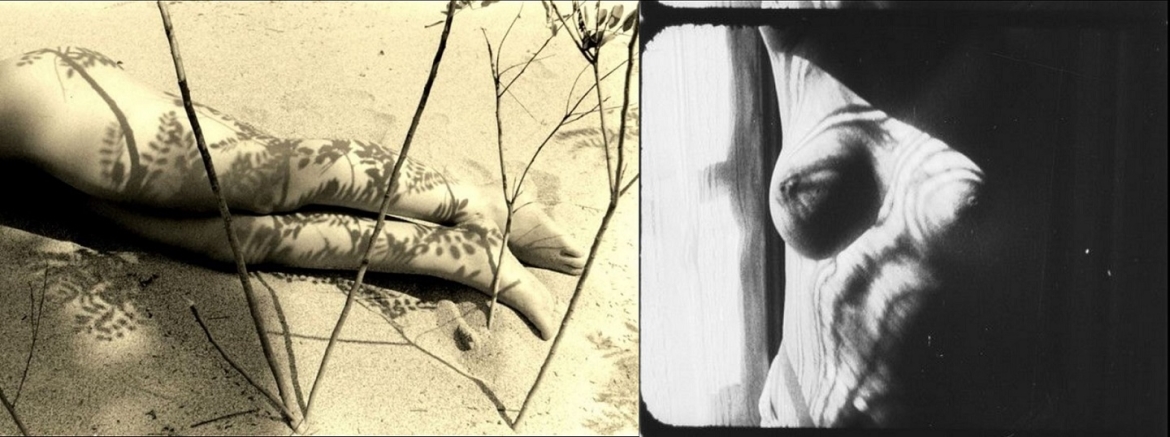
Fig. 33. Left: Untitled, Kansuke Yamamoto (Arthur.io). Right: Le Retour à la raison
1923 Man Ray (moma.org)
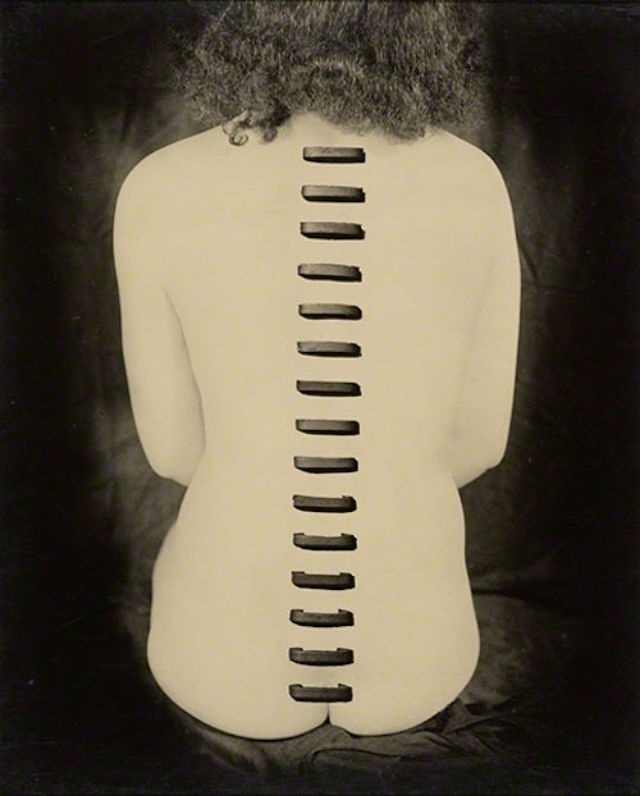
Fig. 34. Stapled Flesh, 1949 (blogspot.com)
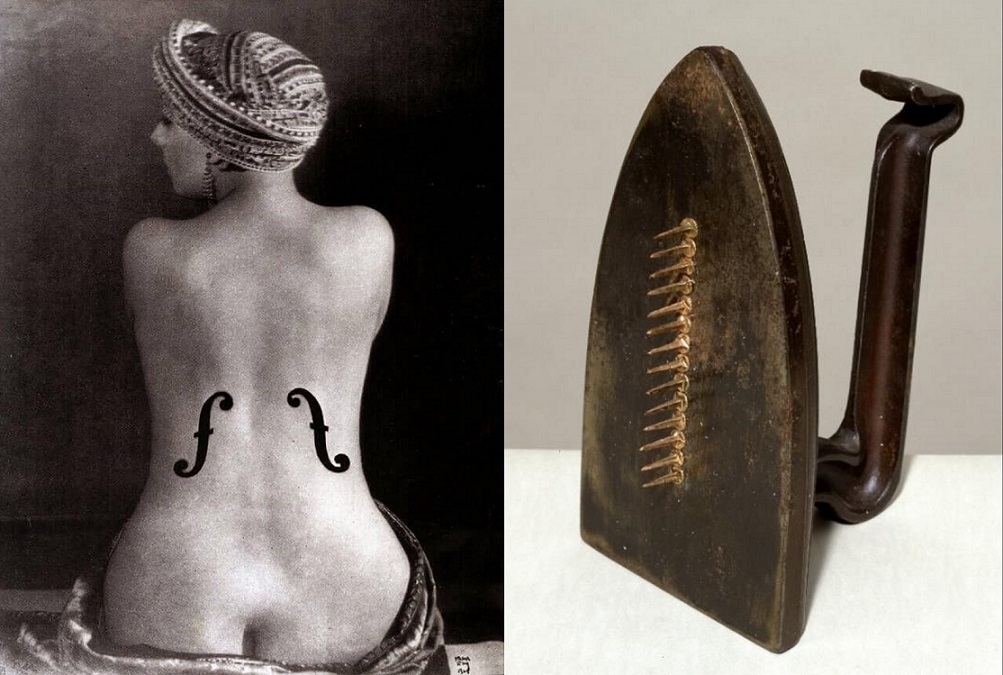
Fig. 35. Left: Ingre’s Violin, 1924 (manray.net). Right: Cadeau, 1921 (tate.org)

Fig. 36. Untitled, 1930, series Anxious Corridors (blogspot.com)
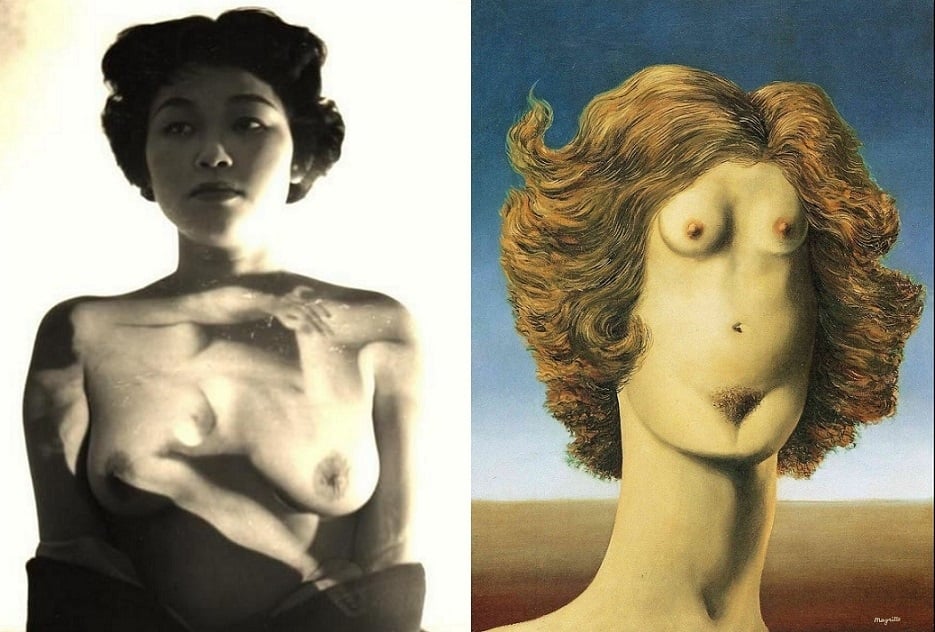
Fig. 37. Left: Kansuke Yamamoto, Untitled, 1950 (wikiart.org). Right: Magritte, Violence, 1934 (yandex.ru)
The Andalusian Dog
One more correspondence is curious enough to be brought to the light, however, it’s rather my own association. Yamamoto’s montage The Distance Between the Landscape and the Dusk (1956) with the eye that is almost “slit” by a sea-line somehow reminds of the most famous scene from Un Chien Andalou (1929). Nevertheless, the metaphors differ: in the first case, the artist’s eye represents the sun, and the whole composition symbolizes the distance between the observable object and the observing subject. In the second case, the eye of the woman is compared to the moon, which seems to be a free Freudian-like association.
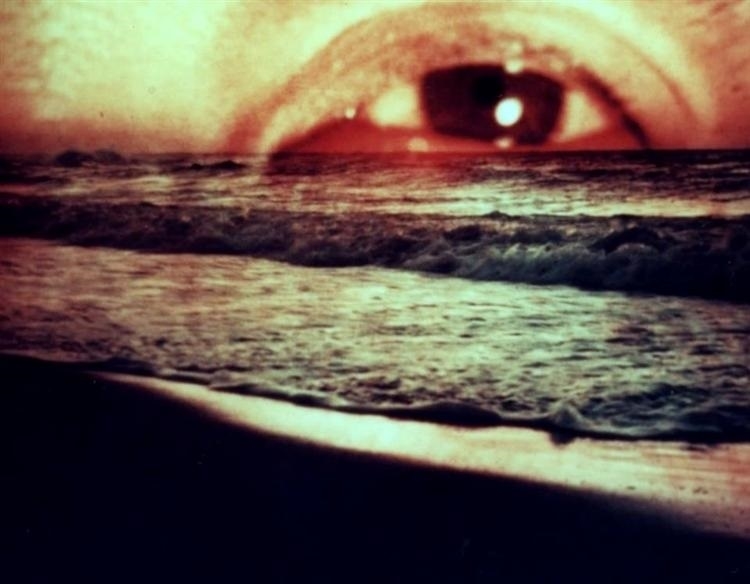
Fig. 38. The Distance Between the Landscape and the Dusk, 1956 (wikiart.org)
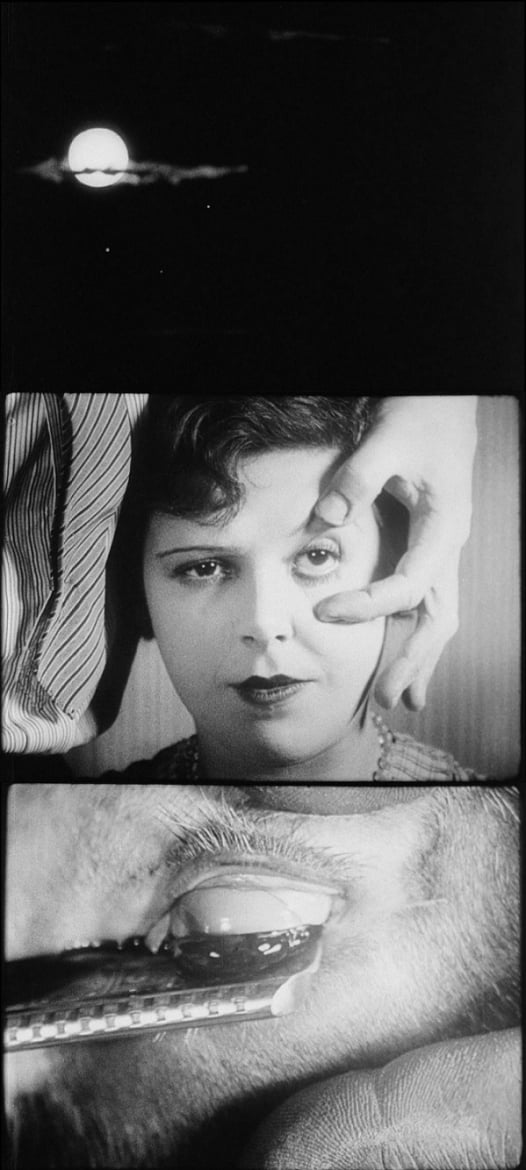
Fig. 39. Scenes from The Andalusian Dog (pinterest.com)
Sources: Wikipedia.org, easyreadernews.com
Click HERE for the sensual surrealism of Man Ray and other surrealists….!!
Let us know your thoughts on this article in the comment box below…!!
